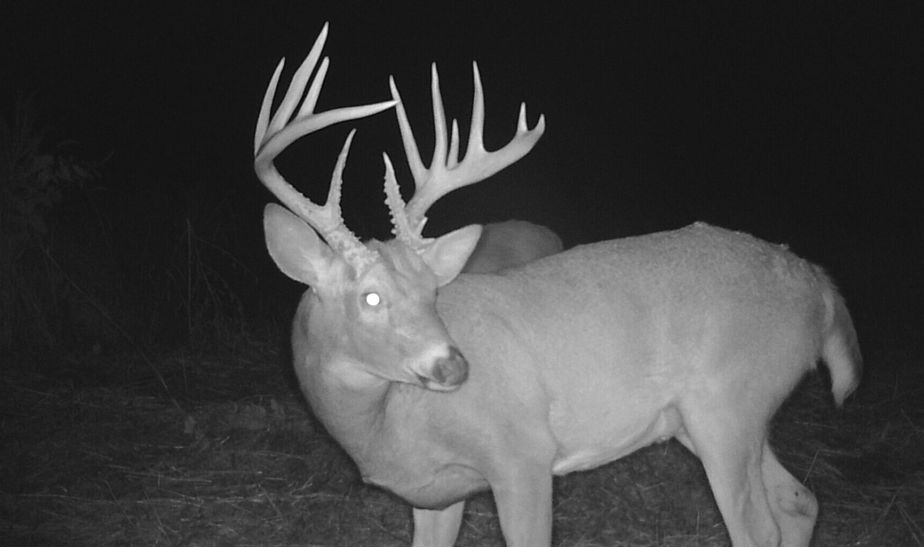Most people simply hunt the way they were taught and never question why. Each year thousands of hunters rise in the morning before sunrise and make the trip to be in their stands at first light. But is this really the best time to take a deer? There are other dedicated evening hunters. Most could never really tell you the reason why they believe that hunting those last few hours before dark seems to work for them. Is that the best time to find a trophy buck?
To really understand the best time to be in the woods, we must look at deer behavior and how that changes as the seasons change. There may be no hard-and-fast rule but there are certain guidelines that will help you choose the best time to get a shot at that trophy buck.
Deer will move at odd times for a variety of reasons. Unfortunately, most of these reasons will make it harder to hunt rather than something we, as hunters, can capitalize on.
What gets them on their feet
- Weather is the year-round most common factor that will cause a deer to move at times not normal to their pattern. Heavy rain or snow may keep them bedded down longer than usual or prevent them from moving at all. Hot days can have similar effects or drive them to move to more sheltered areas.
- The phase of the moon can have a dramatic impact on when deer feed. The old thought was that deer fed on nights the moon was bright and stayed bedded down when the moon was dark, but there is evidence to challenge that belief.
- For the time being, understand that the amount of light will be a factor on how deer feed and that full moons drive deer to food, meaning that they will often seek forage later and head to bedding spots earlier.
- Temperature is a good guideline to how deer will move, especially in the fall. If there is a cold front, it will often drive deer out of bed early and keep them foraging for longer. On the coldest mornings, deer may head back to bedding spots much later in the day than usual, sometimes as late as noon.
- How pressured a deer is by hunters or other human activity in an area will make deer move more often. A deer that feels safe without humans around will stay in bed longer and be less alert heading to and from forage. This can mean that the presence of hunters can completely change the activity cycle of deer.
- The last motivating factor of deer piggybacks off the previous one. A deer will move out of fear. If a deer is bedded and is startled, it will move immediately. Sometimes this will be the sudden bolt we all expect, but deer can be quite stealthy and leave an area without a hunter even knowing they were there.
Determining the best times to hunt with so many variables is a difficult science at best, especially without actual empirical evidence. We are making an educated guess based on recognized patterns of behavior and attempting to play some psychological games with the deer mind. We can just do our best to get that trophy buck.



















![The Best Deer Camp Chili [VIDEO] Deer Chili Ingredients, Tomatoes, Chili Spices](/wp-content/uploads/2015/10/Deer-Chili-Deer-Camp-Recipe-218x150.jpg)
![How to Call Elk Early in the Season [VIDEO]](/wp-content/uploads/2016/08/byers003-218x150.jpg)




![Idiots Disturb Hunter: How Would You Have Handled It? [VIDEO]](/wp-content/uploads/2015/10/DSC00110-e1474487693878-100x70.jpg)
![Albino Buck Shocked to Shed His Antlers [VIDEO]](/wp-content/uploads/2015/10/AlbinoDeer-100x70.jpg)